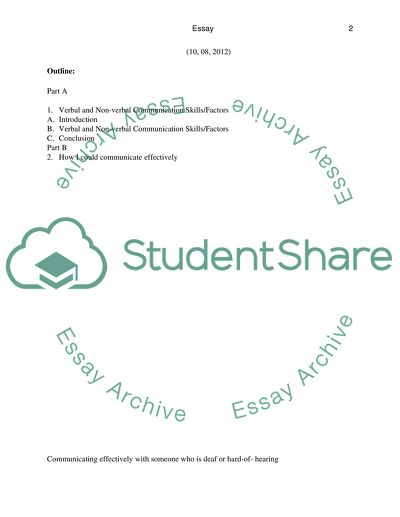Cite this document
(“Communicating Effectively with Someone Who is Deaf or Hard-of-Hearing Essay”, n.d.)
Communicating Effectively with Someone Who is Deaf or Hard-of-Hearing Essay. Retrieved from https://studentshare.org/nursing/1455610-communicating-effectively-with-someone-who-is-deaf
Communicating Effectively with Someone Who is Deaf or Hard-of-Hearing Essay. Retrieved from https://studentshare.org/nursing/1455610-communicating-effectively-with-someone-who-is-deaf
(Communicating Effectively With Someone Who Is Deaf or Hard-of-Hearing Essay)
Communicating Effectively With Someone Who Is Deaf or Hard-of-Hearing Essay. https://studentshare.org/nursing/1455610-communicating-effectively-with-someone-who-is-deaf.
Communicating Effectively With Someone Who Is Deaf or Hard-of-Hearing Essay. https://studentshare.org/nursing/1455610-communicating-effectively-with-someone-who-is-deaf.
“Communicating Effectively With Someone Who Is Deaf or Hard-of-Hearing Essay”, n.d. https://studentshare.org/nursing/1455610-communicating-effectively-with-someone-who-is-deaf.


